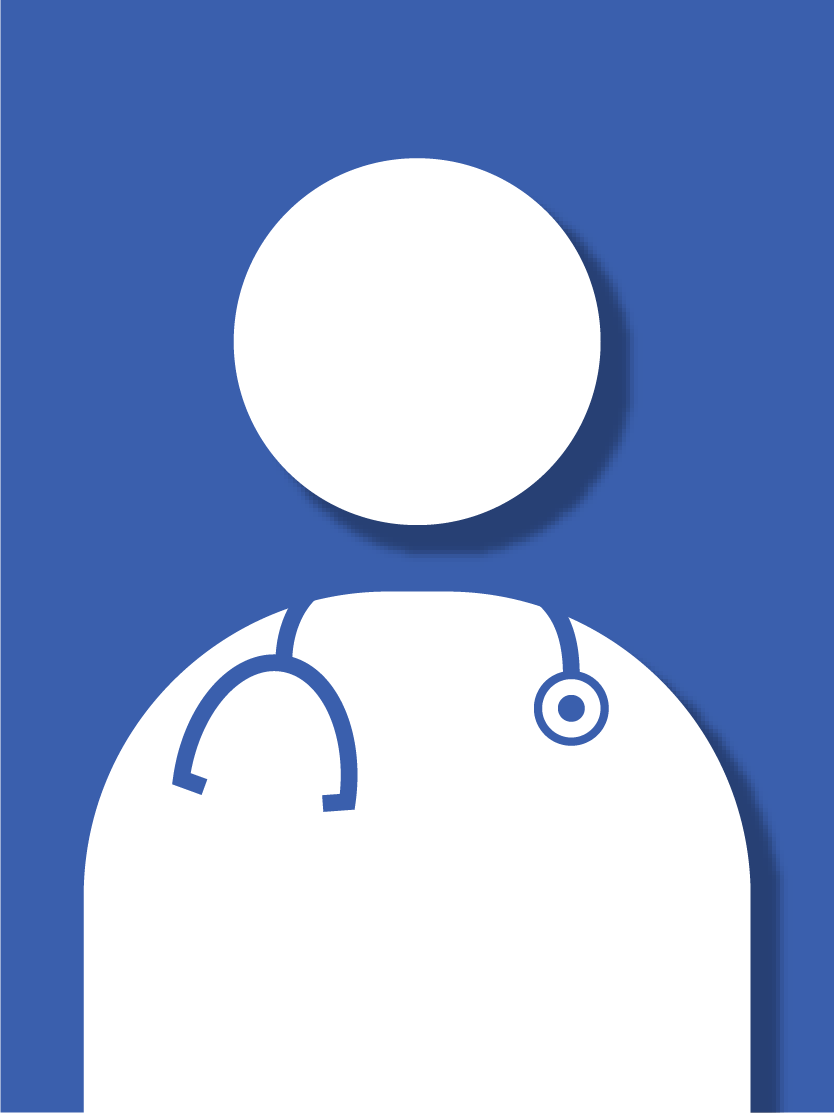Once blood delivers oxygen and nutrients to your organs and tissues, it needs to return to the heart so the circulatory process can begin again. In your legs, muscles push against the veins, forcing blood upward. At the same time, one-way valves in the veins open to allow blood to keep moving toward the heart and close to prevent it from flowing backward. If these valves don’t work properly, you may develop a condition called venous insufficiency.
Also known as chronic venous insufficiency or chronic venous stasis, venous insufficiency causes problems with blood flow through the veins. Blood may leak backward or build up in the blood vessels. This can lead to leg pain, skin problems and varicose veins. In addition, walking and exercising may become more difficult. With treatment from the experts at the Comprehensive Vascular Clinic at the UK Gill Heart & Vascular Institute, patients can get back to daily activities and the hobbies they love with fewer symptoms.
Venous insufficiency can be painful. If you have poor blood flow in your leg veins, your legs may ache, cramp, or feel heavy. The discomfort may get worse when you stand and improve when you sit with your legs elevated.
Other symptoms that may affect your legs include:
- Itching and tingling
- Slow-healing ulcers on the legs or ankles
- Swelling or redness
- Thickening of the skin
- Varicose veins
In many cases, venous insufficiency occurs due to damaged veins and valves. As a result, blood remains in the veins instead of moving toward the heart. The problem may be worse when you’re standing.
A type of blood clot called deep vein thrombosis can also lead to problems with blood flow in the legs. If a blood clot blocks a vein, blood may pool, causing leg swelling.
You can reduce your risk of venous insufficiency by making healthy changes to your habits, including:
- Avoid sitting or standing for prolonged periods.
- Don’t wear tight clothing that may affect blood flow in your legs.
- Exercise regularly and eat a healthy, low-sodium diet, both of which will help you maintain a healthy weight.
- Follow your physician’s instructions for treating deep vein thrombosis.
- Quit smoking.
- Stand up and walk around periodically when you have to sit for a long time, such as when you’re flying, on a road trip or working at a desk.
- Age, usually affecting people over 50
- A history of deep vein thrombosis
- A family history of venous insufficiency
- An unhealthy body weight
- Being female
- Pregnancy
- Sitting or standing for a long time
- Smoking
Typically, venous insufficiency worsens over time, which is why it’s important to tell your primary care physician as soon as you experience symptoms. They may refer you to a vascular specialist for evaluation. Early diagnosis and treatment give you a better chance of controlling the symptoms and stopping the condition from progressing.
In most cases, your first visit to UK HealthCare Comprehensive Vascular Clinic is a time of education and introductions. You meet members of your care team and learn about detecting, treating and managing your vascular condition.
Diagnosing vascular disease is a unique process that requires detective work. One of the most important steps toward diagnosis is listening to your story. Your team will ask a lot of questions about your symptoms and medical history. The goal is to gather all the information that can help pinpoint the source of your vascular issue.
Along with discussing your medical history, you will undergo a physical examination. Your care team will then be able to determine the proper next step to take on your diagnostic journey.
When appropriate, your team may prescribe one or more diagnostic tests. These tests typically take place on a different day, and your care team helps schedule them at your convenience. In some cases, you will undergo an ultrasound or other testing as part of your initial visit.
When coming to your first vascular appointment, plan to do the following:
- Arrive early. You may need to fill out paperwork when you arrive. Getting to your appointment early ensures you have time to complete paperwork without feeling rushed.
- Bring a current list of medications or supplements you take. You should also list any previous surgeries, symptoms you’ve experienced and other past health issues.
- Dress comfortably. Working toward a diagnosis takes time. Comfortable clothes help you remain relaxed and attentive throughout your visit. They also make it easier for your team to perform your physical exam.
- Eat and drink normally. In most cases, you won’t undergo imaging or other testing at your first visit. Therefore, there are no dietary restrictions. If specialized testing is part of your first visit, a team member will call to explain any dietary restrictions to follow for your visit. We will also mail you a letter with instructions.
- Have your insurance information on hand. UK HealthCare accepts most insurers, and financial assistance is available.
- Request a loved one to join you. Bring a family member or friend with you to take notes and ask questions you may not think of asking.
Where we are
UK HealthCare Comprehensive Vascular Clinic is located at 740 S. Limestone on the fifth floor, wing D, room L-504.
Where to park
Please park in the parking garage across the street, which is located at 140 Huguelet Drive. For easiest access, drive to the back of the garage and use one of the parking spots reserved for patients of the Comprehensive Vascular Clinic. Once inside, you can access further assistance at the information desk. Wheelchairs are available upon request.
Our vascular care experts help residents of Central Kentucky and beyond improve their vascular health every day. To improve the future of treatment and management of vascular conditions, they also participate in clinical trials.
At any given time, our staff engages in trials for new treatments and devices that provide better treatment and management of vascular conditions. By offering access to clinical trials, we provide access to vascular treatment not available at many other facilities.
If you’re a candidate for an ongoing trial, your care team will discuss the possibility with you.














